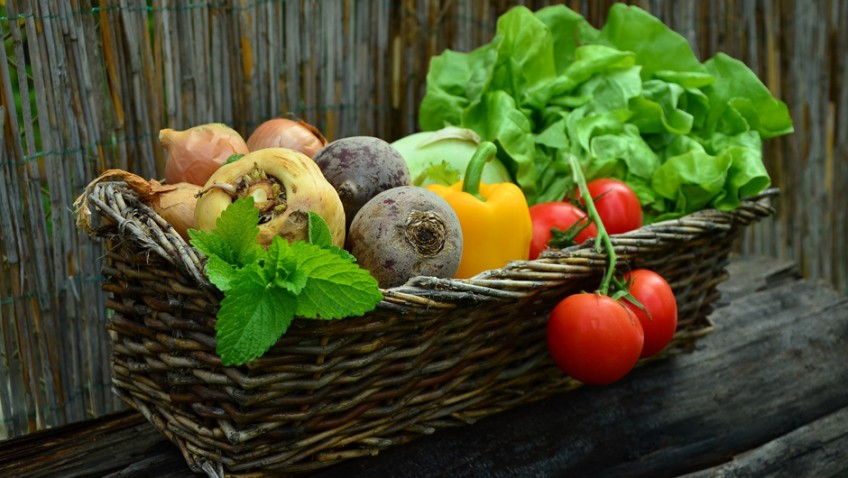Have you heard or are you familiar with the “inflation basket?” If you haven’t heard of this, then let me enlighten you.
The “inflation BASKET” is a basket of goods relating to a fixed set of consumer products and services. The value of the products and services contained within the “basket” are then calculated on an annual basis, and the “increase” or “decrease” in the value is then used to help calculate the price inflation or deflation that has been seen in that particular period. This then produces what is known as the Consumer Price Index which the Bank of England uses to calculate inflation.
You’ll be glad to know that that’s the boring bit out of the way. In the UK the basket of goods is made up of over 700 separate items, and what’s included is reviewed on an annual basis. Some products and services are removed whilst others are added, the aim being to reflect the changing nature of our lives and to make sure the products and services included are as representative as they can be of modern life.
Spending patterns
The contents of the “basket” are selected from across the whole economy to best reflect the spending patterns of us all. Not surprisingly, items that represent housing and household services make up the largest part of the “basket”, along with transport, recreation and culture. Items largely provided by the state, such as health and education, have a relatively low representation.
The figures are calculated by the Office for National Statistics (ONS) who have just announced what products have been added to the “basket” and which ones have been removed. These make interesting reading, as do the reasons behind why the changes have been made.
Some of those being added to the mix include popcorn, peanut butter, baking trays and roasting tins, smart speakers, flavoured teas, electric toothbrushes, adult hats and caps and dog treats. Meanwhile, some of the items that have been removed include three piece suites, hi-fis, washing powder, crockery sets, and envelopes.
As we all know, technology is making a bigger and bigger impact on everyday life, which is why smart speakers appear for the first time. This is reflected in the fact that these gadgets were one of the “must have” gifts over the last festive season, and so they have replaced the traditional hi-fi in the “basket”. Sadly, technology also appears to have done for the good old envelope as well, people just don’t write letters very often anymore. Letters have been superceeded by texts and e-mails as the main forms of communication among young, and perhaps not so young, members of society!
Unexpected items
The inclusion of baking trays and roasting tins is driven by the popularity of shows like The Great British Bake Off and the many other cookery programmes that bombard our TV screens on a regular basis; programmes that are credited with an upsurge in our desire to bake and make at home.
And apparently we are all turning to hats, not traditionally to keep our heads warm across the chilly winter months, but more as a fashion accessory. Or perhaps we wear them more as we take our dogs for a walk and then reward our four legged friends with a treat on our return, hence dog treats appearing in the list this year.
Commenting on this year’s basket of goods, senior ONS statistician Philip Gooding said:
‘We want to reflect modern spending habits, and the alterations we have made highlight shifting consumer behaviour, whether that is in technology, the home, or the way we communicate with one another.
‘It is important to remember that we change a small percentage of the overall “basket”. This year we’ve added 16 items, removed 10 and modified 16, while leaving 688 unchanged.’




